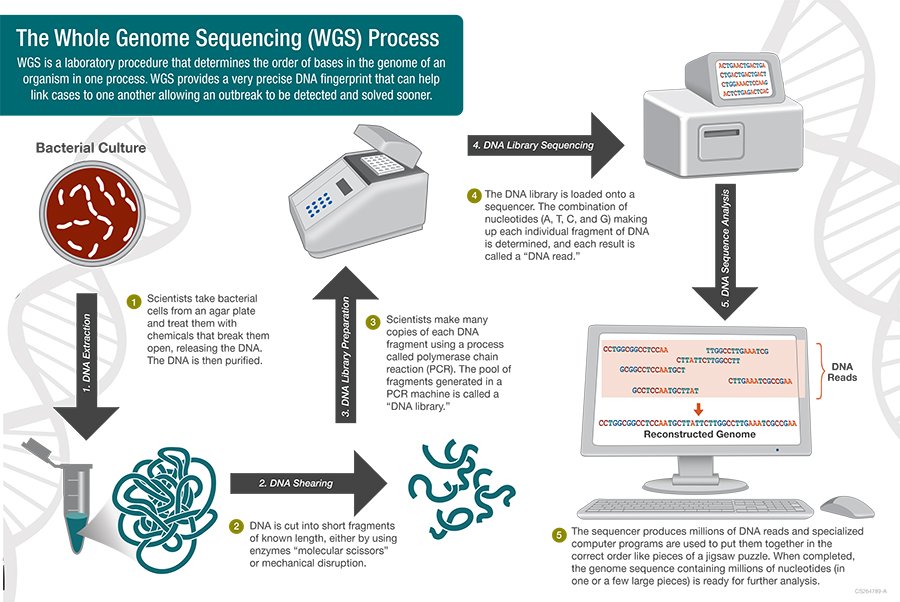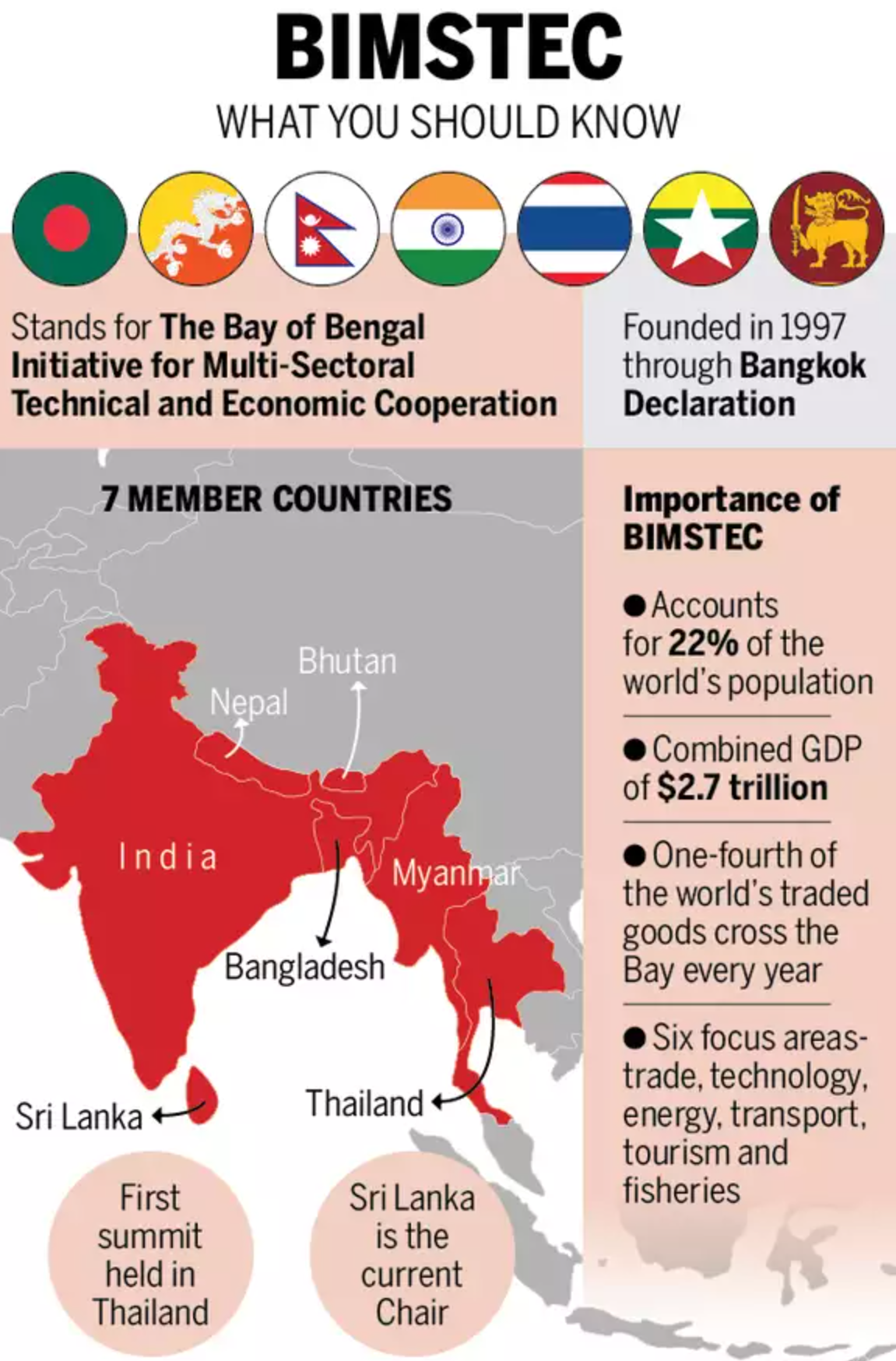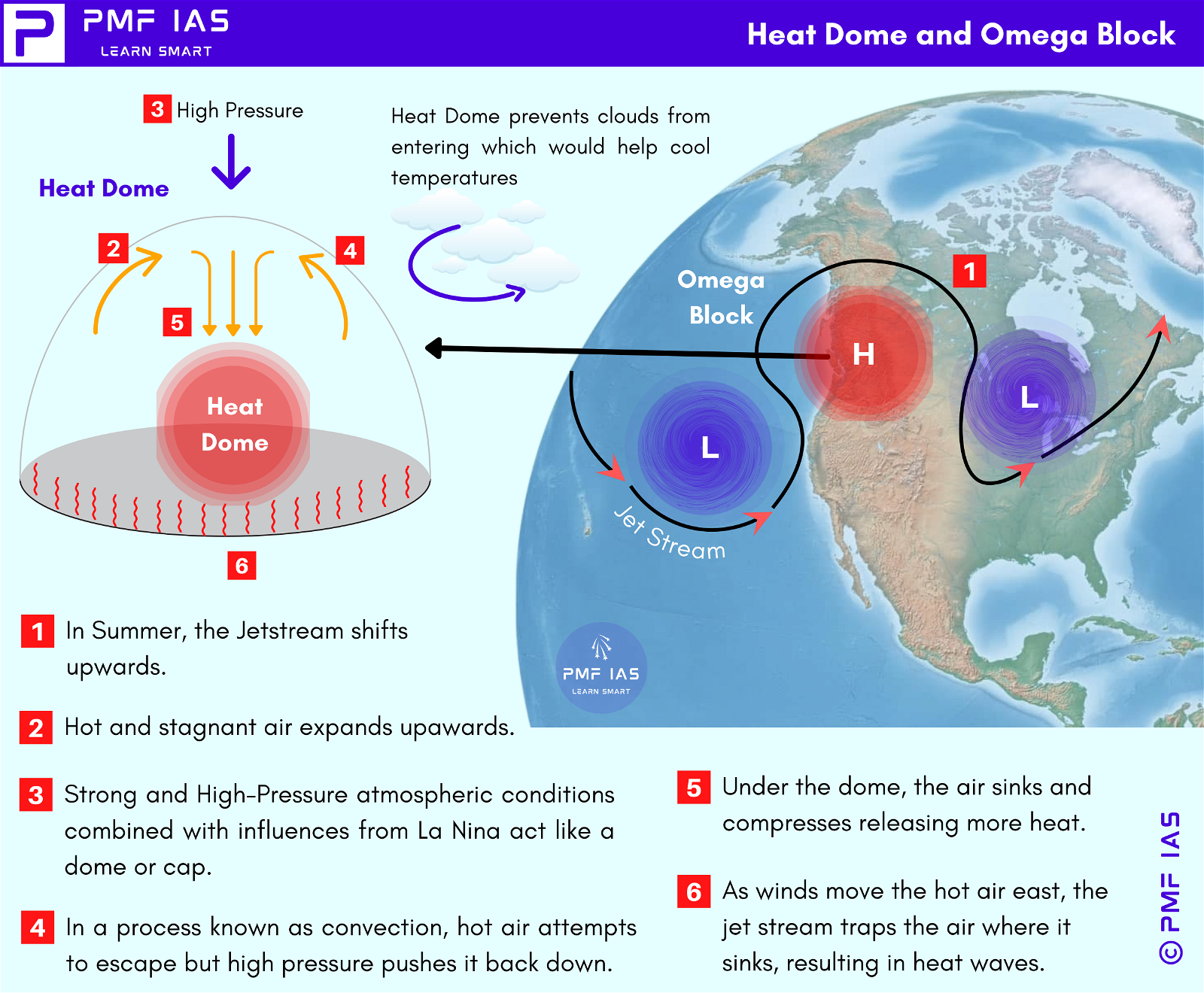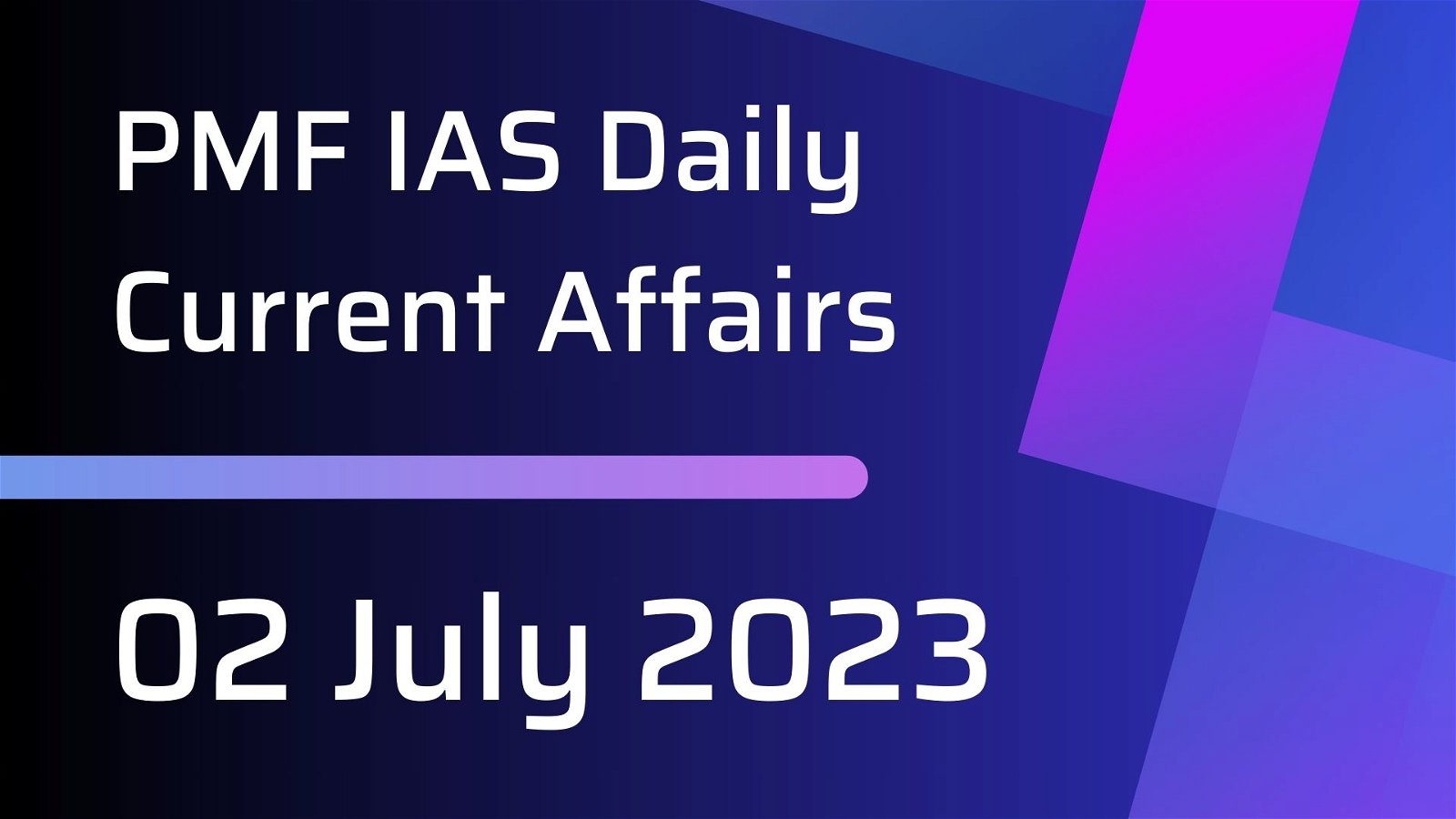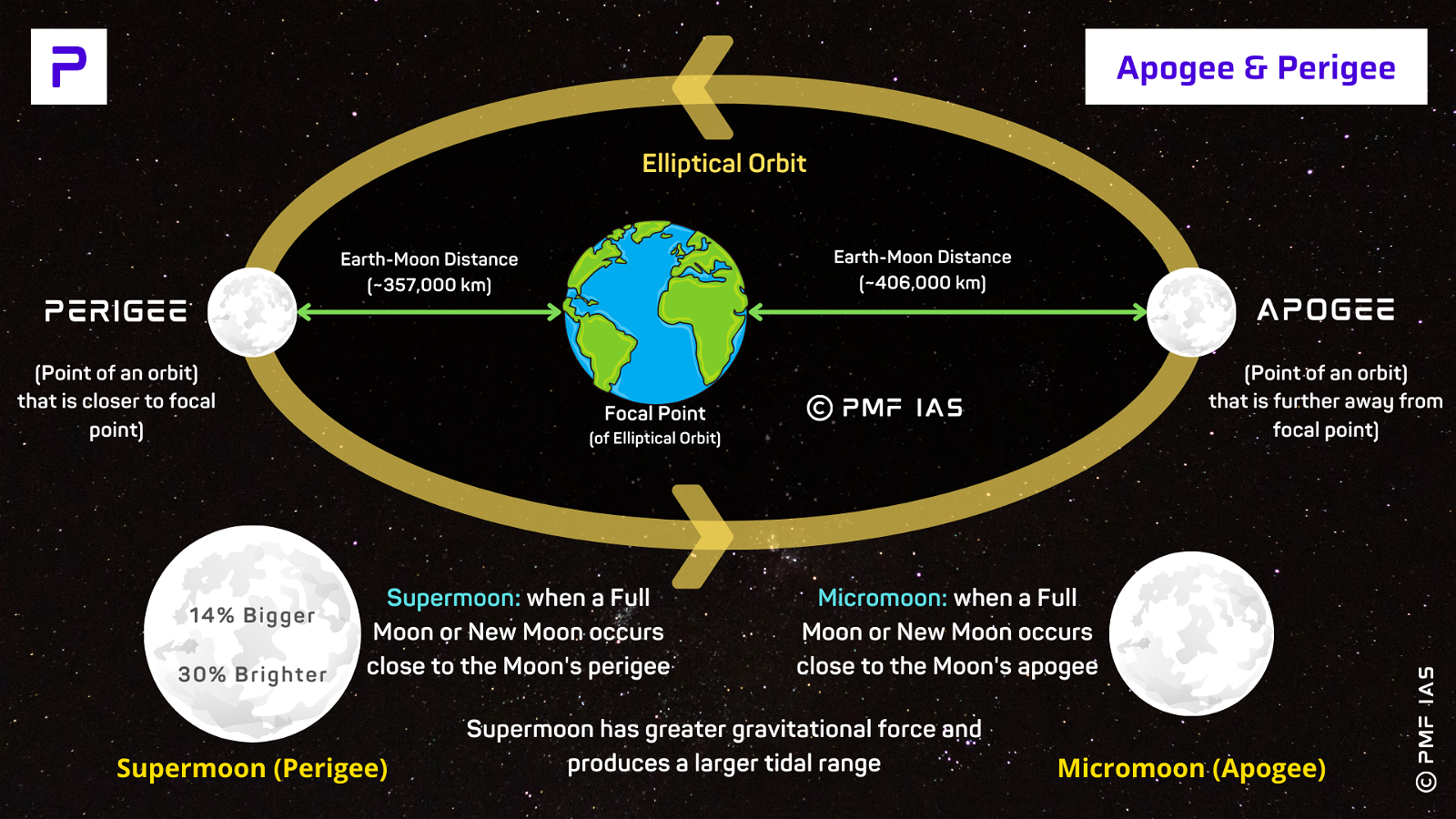
Current Affairs July 11, 2023: Osmosis and Reverse osmosis (RO), High Seas Treaty (HST), Protection of Plant Varieties and Farmers’ Rights Act
Subscribers of "Current Affairs" course can Download Daily Current Affairs in PDF/DOC
Subscribe to Never Miss an Important Update! Assured Discounts on New Products!
Must Join PMF IAS Telegram Channel & PMF IAS History Telegram Channel
{GS1 – A&C – Culture – 2023/07/11} Lambani Community
- Context (IE I PIB): During the third G20 culture working group (CWG) meeting in Hampi, Karnataka, a Guinness world record was set for the largest showcase of Lambani items.

- Lambani community (Lambadis/Banjaras) were once nomadic tribes who arrived from Afghanistan to Rajasthan (Mewar region) and then spread across Karnataka, AP, MP, Gujarat, and Maharashtra.
- They assisted Aurangzeb in carrying goods to the southern part of the country in the 17th century.
- They speak Gor Boli (Lambadi). It has no script and is written in Devanagari or local languages.
- The Lambani community has a vibrant dance form called Lambadi Nritya which involves energetic movements, footwork, and rhythmic music.
- Lambani embroidery received a status of GI TAG in 2010 from Karnataka.

Hampi (Vijayanagara District, Karnataka)
|
{GS3 – Agri – Animal Rearing – 2023/07/10} India’s First Pig Schools
- Context (TH): The Bodoland Territorial Council is inking a deal with the Danish government for India’s first pig schools.
- The courses based on European expertise will be tweaked by incorporating traditional knowledge.
- It has enormous market potential in northeast India and adjoining Bhutan.
- It will provide local farmers with technical knowledge about biosecurity, a crucial component given the outbreak of African swine fever in Assam and elsewhere in the northeast over the past few years.
African swine fever (ASF)
|
{GS3 – Envi – Conservation – 2023/07/10} High Seas Treaty (HST)
- Context (TH | IE | TG): UN adopted the Marine Biodiversity of Areas Beyond National Jurisdiction (BBNJ) or the High Seas Treaty (HST) under the UN Convention on the Law of the Sea (UNCLOS).
- High Seas Treaty (HST/BBNJ) is referred to as the ‘Paris Agreement for the Ocean’.
- It became the third agreement approved under the UNCLOS after the 1994 and 1995 treaties, which established the International Seabed Authority and the Fish Stocks Agreement.
What are High Seas (or Areas Beyond National Jurisdiction)?
- High seas (open seas/international waters) refer to ocean areas beyond any national jurisdiction.
- They exist beyond the Exclusive Economic Zones (EEZ).
- High or open seas cover almost 2/3rd of the world’s oceans.
- These waters are considered the common heritage of humankind, and all nations have the freedom to navigate, fish, conduct scientific research, and engage in other lawful activities in these areas.



Need for BBNJ/HST
- Ocean ecosystems produce half the oxygen we breathe, represent 95% of the planet’s biosphere and soak up carbon dioxide, as the world’s largest carbon sink.
- Though high seas cover the majority of ocean area, only 1% of them are legally protected.
Aims of BBNJ/HST
- To address critical issues such as the increasing sea surface temperatures, overexploitation of marine biodiversity, overfishing, coastal pollution, and unsustainable practices beyond national jurisdiction.
Key features of the High Seas Treaty
- Marine Protected Areas (MPAs): The treaty will provide a legal framework for establishing vast MPAs to protect against the loss of wildlife and share out the genetic resources of the high seas.
- Conference of the Parties (CoP): It will establish a CoP that will meet periodically and enable member states to be held to account on issues such as governance and biodiversity.
- Polluter-pays principle: Those causing pollution in a particular region are responsible for its reduction.
- Traditional Knowledge associated with marine genetic resources in areas beyond national jurisdiction held by indigenous/local communities shall only be accessed with their free, prior, and informed consent.
- Special Circumstances Nations: The treaty acknowledges the special circumstances and needs of small island developing states, least developed countries, and landlocked developing countries.
Achievement of ‘30×30’
- 30×30 is a worldwide initiative for governments to designate 30% of Earth’s land and ocean area as protected areas by 2030.
- It was launched by the High Ambition Coalition for Nature and People in 2020, which now has more than 100 countries, including India, the US, and the UK.
- 30 by 30 was agreed at the COP15 meeting of the Convention on Biological Diversity and became a target of the Kunming-Montreal Global Biodiversity Framework.
Realizing the 2030 Agenda or SDGs
- The treaty will help achieve SDG Goal 14: Life Below Water > “Conserve and sustainably use the oceans, seas, and marine resources for sustainable development”. This goal entails:
- Reducing marine pollution and ocean acidification and protecting and restoring ecosystems.
- Supporting sustainable fishing and small-scale fishers.
- Ending subsidies contributing to overfishing.
- Increasing the economic benefits from the sustainable use of marine resources.
Clear House Mechanism
- For fair sharing of scientific information and monetary benefits, the treaty mandates installing a clear house mechanism.
- Through the mechanism, information on marine protected areas, marine genetic resources, and area-based management tools will be open to access for all parties.
Opposition to the treaty
- Many developed countries opposed the treaty as they stand by private entities which are at the forefront of advanced research and development in marine technology.
- Russia and China also are also not in favour of the treaty.
The United Nations Convention on Law of the Sea (UNCLOS)
International Seabed Authority (ISA)
United Nations Fish Stocks Agreement (UNFSA)
|
{GS3 – Envi – Conservation – 2023/07/11} Hariyali Mahotsav
- Context (TH): Hariyali Mahotsav is launched, as a part of the MISHTI programme, to plant mangroves in Dwarka district, Gujarat.
Mangrove Initiative for Shoreline Habitats and Tangible Incomes (MISHTI) Programme
- MISHTI Programme, announced in the 2023-24 Budget, is an initiative for mangrove plantations along the coastline and on salt pan lands.
- The Union Government launched it on World Environment Day on June 5th, 2023.
- Aim: Planting mangroves in 540 sq km of coastline, spanning 11 states and two union territories.
- Under MISHTI, the mangroves will be planted through initiatives under the Compensatory Afforestation Fund Management and Planning Authority (CAMPA), Mahatma Gandhi National Rural Employment Guarantee Act (MGNREGA) and public-private partnership.


Mangroves: PMF IAS Environment 2nd Edition > Wetland Ecosystem > Mangroves > Page 39-43
CAMPA: PMF IAS Environment 2nd Edition >ISFR 2021 > Compensatory Afforestation > Page 107-108
{GS3 – Envi – Conservation – 2023/07/11} Protecting the Melting Dagu Glacier
- Context (HT | NDTV): China has covered Dagu Glacier with a white fabric to protect it from melting.
- The white fabric will act as a reflective material for the sunlight due to its high albedo.
- The glacier has already lost more than 70% of its ice over the past half-century, and the white fabric will only extend its life by a few years.
Dagu Glacier
- Dagu Glacier is located by the Heishui River in the northwest Tibetan region of Sichuan Province.
- It is the youngest glacier located at the lowest altitude and closest to the city among all the glaciers.
- It is 3800-5100 m above sea level.
- It remained untouched until it was discovered in 1992.

Albedo
- Albedo refers to the surface’s ability to reflect light.
- It is represented as a value between 0 and 1, with 0 indicating a surface with no reflection and 1 indicating a surface with complete reflection.


{GS3 – S&T – IPR – 2023/07/11} PPVFR Act, 2001
- Context (IE I BT): Delhi HC dismissed Pepsico’s appeal against the revocation of the FC5 potato patent by the PPVFR authority in 2021.
- PepsiCo’s proprietary potato variety FC5 was registered under the Protection of Plant Varieties and Farmers’ Rights Act, 2001.
The Issue
- In 2019, PepsiCo filed a lawsuit against certain Indian farmers for growing the FC5 potato variety, alleging that they violated its patent.
- PepsiCo exclusively developed the FC5 variety and officially registered the characteristic in 2016.
- The FC5 variety possesses a lower moisture content that is ideal for producing snacks like potato chips.
- The company provided the FC5 seed variety to a group of farmers who subsequently sold their crops to PepsiCo at a fixed price.
- In 2021, the Plant Varieties and Farmer’s Rights (PPVFR) Authority invalidated the patent for the FC5 potato, citing that Indian regulations prohibit patents on seed varieties.
- The 2021 revocation decision upheld the freedom of farmers to use their seeds, as outlined in Section 39 of the PPVFR Act.
Protection of Plant Varieties and Farmers’ Rights Act, 2001 (PPVFR)
- India ratified the Agreement on Trade Related Aspects of the Intellectual Property Rights (TRIPS).
- PPVFR Act, 2001 has been enacted in India for giving effect to the TRIPS Agreement.
- The PPVFR Act retained the main spirit of TRIPS viz., IPRs as an incentive for technological innovation.
- However, the Act also had strong provisions to protect farmers’ rights.
- The Act grants certain rights to:
- Breeders, such as the ability to produce, sell, and market the protected variety.
- Researchers who can utilise a registered variety for conducting experiments or research.
- Farmers who have developed or evolved a new variety get the same registration and protection opportunities as breeders.
- It recognised three roles for the farmer: cultivator, breeder and conserver.
- As cultivators, farmers were entitled to plant-back rights.
- As breeders, farmers were held equivalent to plant breeders.
- As conservers, farmers were entitled to rewards from a National Gene Fund.
International Union for the Protection of New Varieties of Plants (UPOV)
|
Objectives of the PPVFR Act
- Facilitate an effective system for protecting plant varieties and farmers’ rights.
- Encourage the development of new varieties of plants.
- Protect the rights of the farmers in respect of their contribution to conserving plant genetic resources.
- Facilitate the growth of the seed industry, which will ensure the availability of high-quality seeds.
Important provisions of PPVFR
- The act allows farmers to plant, grow, exchange and sell patent-protected crops, including seeds, and only bars them from selling it as “branded seed”.
- PepsiCo’s FC-5 has been registered as an Extant Variety (the FC-5 was already available in the country before it was registered, and there was “common knowledge” about this variety in the country).
- Registration of extant varieties was allowed in the PPVFRA so that farmers’ varieties can be registered under this provision.
Criticism of PPVFR Act, 2001
- Discourages research and innovation: PPVFR Act allows farmers to use patented varieties, and hence private companies are not keen to bring new technology.
- India neither invests in the public sector nor respects private and foreign players’ IPR, which is bad for business in the long run.
Monsanto’s case
|
Breeder Rights vs. Farmer Rights
- In 1994, India signed the Trade-Related Aspects of Intellectual Property Rights (TRIPS) agreement.
- In 2002, India joined the International Union for the Protection of New Varieties of Plants (UPOV).
- Both TRIPS and UPOV introduced some form of Intellectual Property Rights over plant varieties.
- TRIPS and UPOV, however, ran counter to other international conventions.
- In 1992, the Convention on Biological Diversity provided for “prior informed consent” of farmers before the use of genetic resources and “fair and equitable sharing of benefits” arising out of their use.
- In 2001, the International Treaty on Plant Genetic Resources for Food and Agriculture (ITPGRFA) recognised farmers’ rights as the rights to save, use, exchange and sell farm-saved seeds.
- As India was a signatory to TRIPS and UPOV (that gave priority to breeders’ rights) as well as CBD and ITPGRFA (that emphasised farmers’ rights), any Indian legislation had to be in line with all.
- Protection of Plant Varieties & Farmers’ Rights (PPVFR) Act, 2001, sought to achieve this balance.
Agriculture regulatory system in India
- Farming activities in developed countries are strictly regulated.
- Indian farmers are free spirited, and the patent laws and regulatory mechanism is weak.
Examples
- Farmers in Maharashtra growing illegal herbicide-tolerant cotton (not yet approved in India).
- Farmers in Haryana growing GM brinjal (not yet approved in India for commercial use).
- Farmers in Gujarat have been cultivating GM cotton since before the MoEF approved it.
Way forward
- The way to reduce corporate dominance over agriculture is by increasing investments in public research, not by arm-twisting or surrendering to farmer-friendly optics.
{GS3 – S&T – Tech – 2023/07/10} Osmosis and Reverse osmosis (RO)
- Context (TH): Osmosis is extremely important in living organisms.
Basics
Solution
- In chemistry, a solution is homogeneous mixture composed of two or more substances.
- In such a mixture, a solute is a substance dissolved in another substance, known as a solvent.
- For example, salt is the solute in salt water, and water is the solvent.
Diffusion
- Diffusion is a spontaneous movement of a substance from an area of high concentration to an area of low concentration.


- Diffusion through a permeable membrane moves a substance (solute) from a region of high solute concentration (hypertonic solution) to a region where its concentration is low (hypotonic solution).

Importance of Diffusion
- In living organisms, diffusion plays an important role in gaseous exchange between the cells as well as the cell and its external environment.
- Exchange of O2 and CO2 in alveoli (tiny, balloon-shaped sacs in lungs) is an example of diffusion.

- In a person suffering from pneumonia, the air sacs may fill with fluid or pus. This prevents diffusion of O2 and CO2 in alveoli (breathing issues in COVID patients).
Osmosis
- Water obeys the law of diffusion. This is observed in a phenomenon called osmosis.
- Osmosis is the diffusion of a solvent (e.g. water) from a region of low solute concentration (hypotonic) through a semi-permeable membrane to a region of high solute concentration (hypertonic).

- For example, in a container in which a concentrated sugar solution and a diluted sugar solution are separated by a semipermeable membrane, water molecules will travel from the diluted solution to the concentrated one through the membrane until the concentration of water is equal on both sides.
- Examples of osmosis in daily life are the swelling of seeds when soaked in water and in wrinkling of your fingers after taking a long bath.
|
Importance of Osmosis
- Osmosis is incredibly important in living beings, where liquids move from one part of an organism to another through semi-permeable cellular membranes.
- Unicellular freshwater organisms gain water through osmosis.
- In trees, osmosis transports water and nutrients from the roots to the leaves.
Reverse Osmosis (RO)
- Reverse osmosis (RO) is a water purification technology that uses a semipermeable membrane to remove larger particles from drinking water.
- In reverse osmosis, an applied pressure is used to overcome osmotic pressure so that pure water flows from a region of high solute concentration (hypertonic) through a semi-permeable membrane to a low solute concentration (hypotonic).


Application of Reverse Osmosis (RO)
- RO was earlier used to desalinate sea water. Today, a wide array of membranes can be deployed to filter a wide variety of solutes — arsenic, fluoride, hexavalent chromium, nitrates, and bacteria. This has led to an industry of home-RO systems for drinking water.
- To create external pressure, RO systems rely on a pump and electric motors. They use activated carbon components, such as charcoal and carbon black, to filter out contaminants and organic substances, such as bacteria (UV light is also used to kill bacteria).
Problem with RO water purifiers
- RO systems waste much water (high carbon footprint).
- RO system filters out essential micronutrients such as calcium, zinc, and magnesium.
- RO system only reduces Total Dissolved Solids, ensures water is odourless and has a pH of 6.5-8.5.
- Most RO methods did not eliminate the Hepatitis E virus.
- RO systems (expensive) reduce the incentive for public-funded water distribution systems (inexpensive).
- In the case of seawater desalinisation, the deposition of brine (highly concentrated salt water) along the shores affects plankton, which is the main food for small fish species.
{Prelims – AIH – 2023/07/11} Porpanaikottai site
- Context (TH I TOI): A gold stud, bone point and a carnelian bead belonging to Sangam Age have been excavated at the Porpanaikottai site in the Pudukottai district of Tamil Nadu.
- Sangam Age refers to the period of the history of ancient Tamil Nadu, Kerala spanning from the 6th century BCE to the 3rd century CE.
- Excavation site had indicated a burial site and the fort area showed signs of waterbodies.
- The discovery of a carnelian bead (generally found in the Northern part of India) indicated a trade.
- Discovery of bone point tools indicated a Porpanaikottai was a site of the weaving industry.
{Prelims – Envi – CC – 2023/07/10} Rent-Clothes-on-Arrival Scheme
- Context (IE): Japan Airlines’ has adopted a scheme called “Any Wear, Anywhere” for one year trial.
- Under this scheme, tourists visiting Japan can rent clothes on arrival in Japan.
- It will reduce the weight of each aircraft, which will cut fuel consumption and, consequently, reduce carbon dioxide emissions.
Concerns
- Renting clothes is not exactly eco-friendly because laundering and packaging of rented clothes will increase the use of detergent and plastics. This will cause water and soil pollution.
- Moreover, these clothes will be shipped individually to customers’ hotels or places of residence. So, the transportation of these rented clothes will increase CO2 emissions.
{Prelims – Sci – Physics – 2023/07/10} Pileus Clouds and Diffraction
- Context (TT | TOI): Pileus cloud is spotted in Hyderabad sky before the advent of a heavy rain event.
- Pileus clouds (scarf or cap clouds) are horizontal, lenticular (shape of a double-convex lens) clouds that appear above a cumulus or cumulonimbus cloud (cauliflower-shaped clouds).
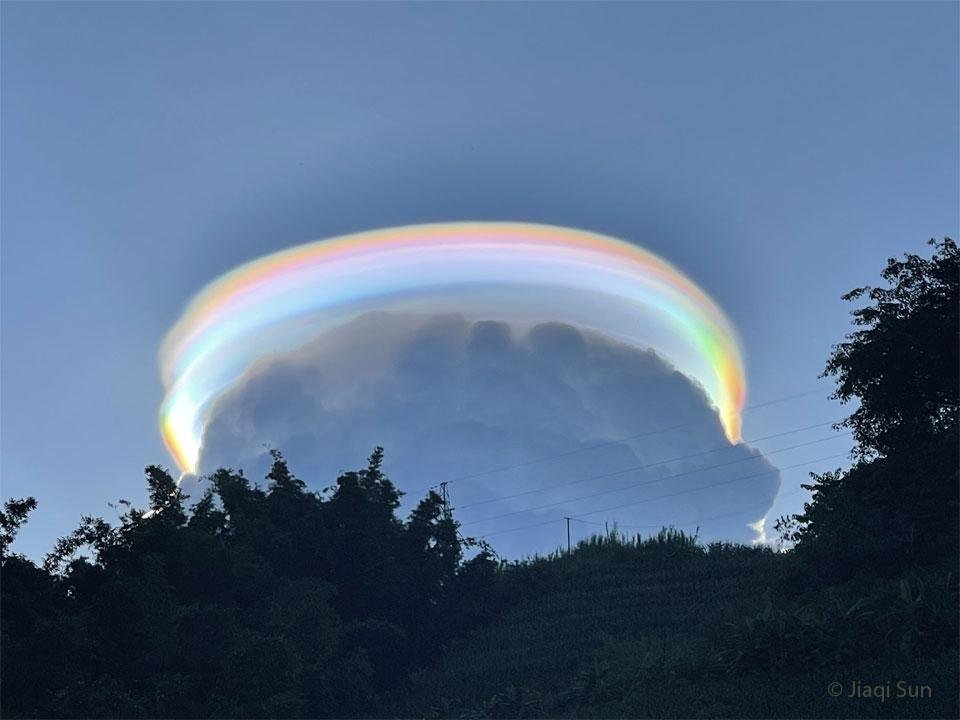
- Pileus clouds are often short-lived and are relatively uncommon.
- These clouds with rainbow-like colours are formed when rapidly rising air in clouds (updraft) clashes with the cooler air above them, causing moisture condensation around the updraft.
- The clouds get rainbow-like colours due to an atmospheric optic called cloud iridescence.
- Cloud iridescence occurs because of diffraction – a phenomenon that occurs when tiny water droplets or small ice crystals scatter the sun’s light.
Diffraction
- Diffraction is the slight bending (scattering) of light as it passes around a sharp edge or an opening.
- It causes the dispersion of white light into its spectral colours (VIBGYOR).


- The amount of bending depends on the relative wavelength of light to the size of the opening/edge.
- If the opening is much larger than the light’s wavelength, the bending will be almost unnoticeable.







![PMF IAS Environment for UPSC 2022-23 [paperback] PMF IAS [Nov 30, 2021]…](https://pmfias.b-cdn.net/wp-content/uploads/2024/04/pmfiasenvironmentforupsc2022-23paperbackpmfiasnov302021.jpg)




